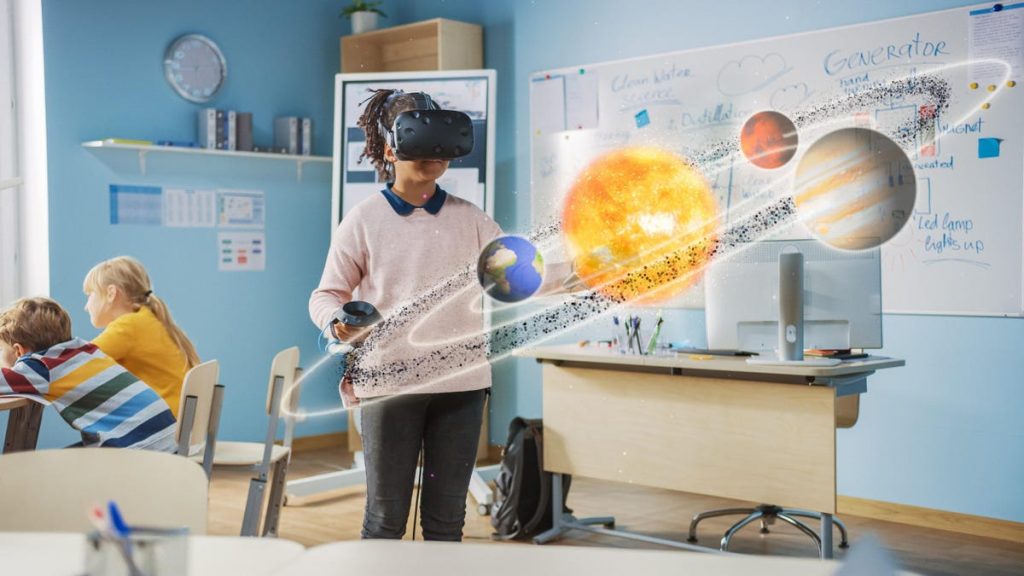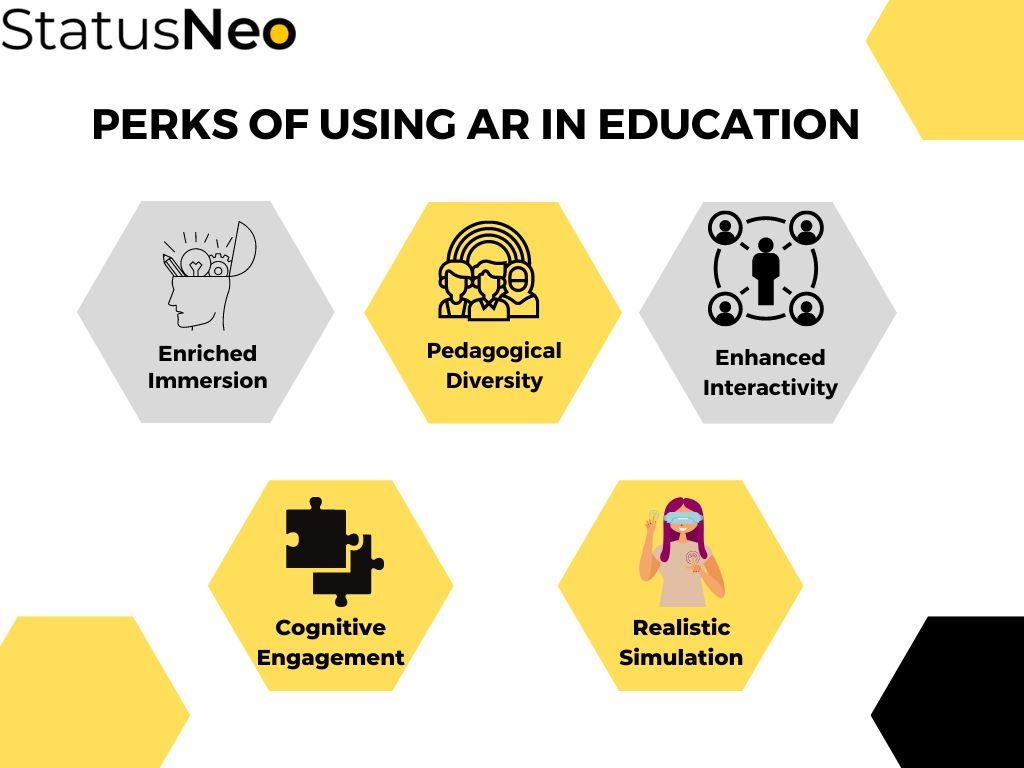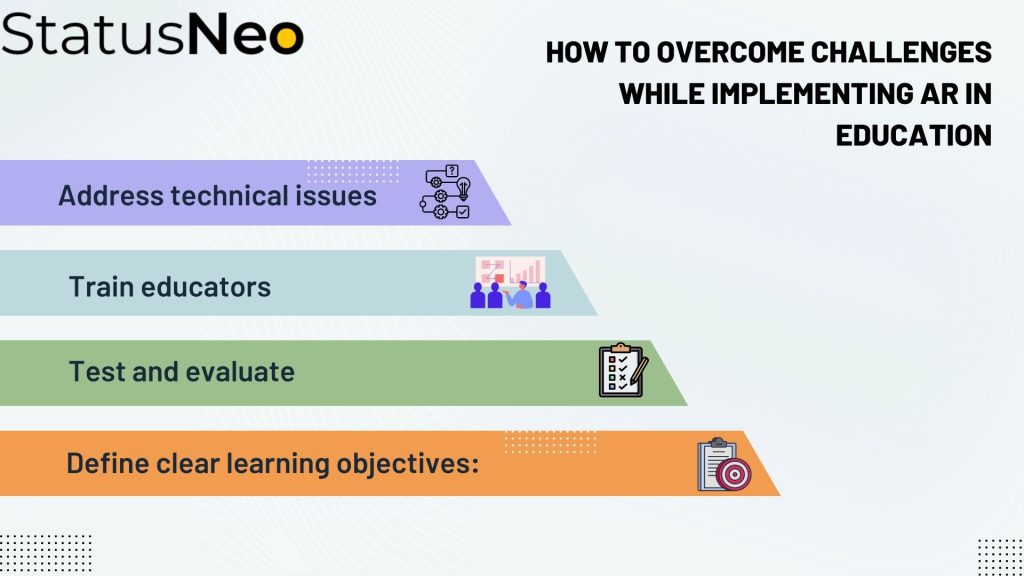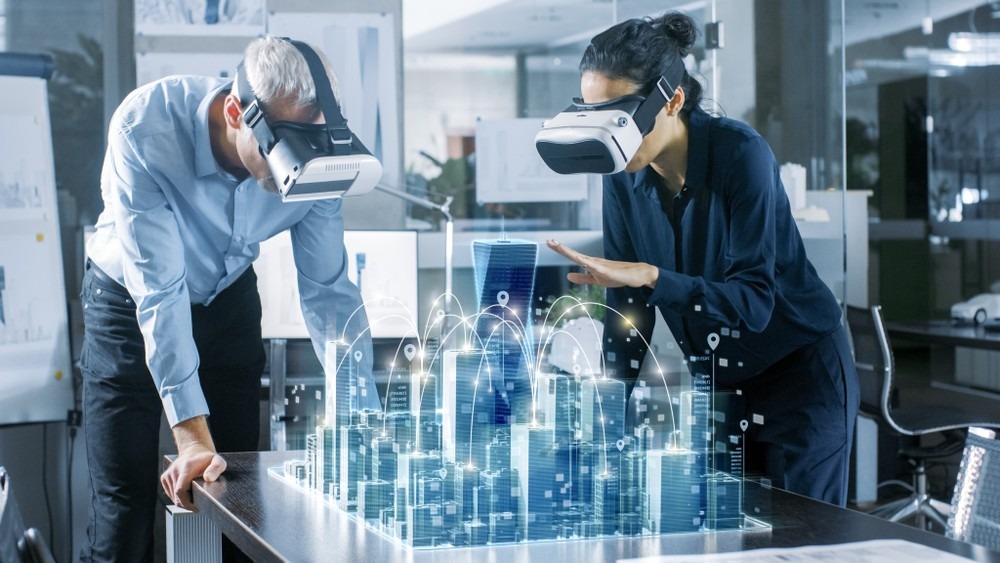From Textbooks to AR: The New Age of Learning
From interactive textbooks and virtual field trips to anatomy lessons and science experiments, Augmented Reality is revolutionizing the way students learn by providing a new level of engagement, interactivity, and understanding that was previously not possible.
Augmented Reality (AR) is transforming the education landscape by providing immersive and interactive experiences that enhance learning outcomes. By overlaying digital content onto the real world, AR technology enables students to explore complex concepts in a fun and engaging way, turning abstract ideas into tangible, interactive experiences.
Understanding Augmented Reality
AR is an emerging technology that overlays computer-generated content onto the user’s view of the real world. This computer-generated content can be images, sounds, or text. AR systems use a variety of sensors, cameras, and algorithms to recognize and track the user’s environment in real-time. Once the environment is recognized, digital content can be placed into the user’s view. AR has the potential to revolutionize the way we interact with the world around us. With AR, we can enhance our perception of reality and make our daily lives more productive and enjoyable. As AR technology continues to evolve, we can expect to see more innovative applications that will change the way we live, work, and play.
Augmented Reality is a game-changer for education. By superimposing digital content onto the real world, AR provides a more immersive and engaging learning experience. With AR, students can visualize complex concepts in 3D, explore historical sites, and participate in simulations that would be impossible otherwise. AR has the potential to enhance student motivation, engagement, and retention. As AR technology continues to improve, we can expect to see more innovative and effective ways of using AR in education.
How is AR revolutionizing Education?
AR technology is being implemented in diverse ways to optimize the learning experience. Here are a few examples:
- Interactive Learning: AR can engender interactive pedagogy by creating experiential learning environments that enable students to delve into and comprehend intricate concepts in a more captivating manner. AR applications can be utilized to replicate real-life scenarios, which can facilitate students’ comprehension and recollection of abstract notions.
- Virtual Field Trips: AR can facilitate virtual excursions to locations that students might not otherwise have access to, broadening their horizons and exposing them to diverse cultures and perspectives.
- Science Education: AR has the potential to augment science education by providing students with interactive and immersive experiences of intricate systems and structures, such as the human anatomy, the astronomical universe, or the periodic classification. This can facilitate students to comprehend and envisage abstract scientific notions more effectively.
- Accessibility: AR technology can facilitate the process of making learning more accessible to students with disabilities. Students with visual impairments may employ AR to scrutinize and engage with virtual objects, while students with hearing impairments can utilize AR to visualize sound waves and apprehend the principles of acoustics.

Perks of Augmented Reality in Education
Augmented Reality (AR) technology offers numerous advantages for educational purposes, some of which are:
- Enriched Immersion: AR presents a multi-sensory experience that immerses learners in a simulated environment, augmenting their perception of the real world.
- Pedagogical Diversity: AR can offer diverse pedagogical approaches, including game-based learning, problem-based learning, and exploratory learning.
- Enhanced Interactivity: AR technology allows learners to interact with digital objects and manipulate them in real-time, enabling them to experiment, discover and learn.
- Cognitive Engagement: AR technology can significantly enhance cognitive engagement by providing contextualized and personalized learning experiences.
- Realistic Simulation: AR technology can simulate real-world scenarios that are too dangerous or costly to reproduce, providing learners with a realistic environment to practice skills and build competencies.

Challenges of Implementing Augmented Reality in Education
While Augmented Reality (AR) offers numerous benefits for optimizing learning experiences, there are still some key challenges that need to be addressed in implementing AR technology in education. Here are few of them-
- Technical challenges: integration with existing technology and infrastructure can be costly and complex.
- User experience: AR applications must be intuitive, engaging, and accessible to all learners.
- Teacher training: educators require training to use AR technology effectively and to develop new instructional strategies.
- Content creation: creating AR content requires expertise in instructional design, multimedia production, and software development.
- Assessment and evaluation: new assessment and evaluation methods are required to measure both knowledge and AR technology skills.

Future of AR in Education
The future of Augmented Reality (AR) in education appears propitious in the forthcoming years. As the technology continues to evolve and become more accessible, it has the potential to transform the pedagogical landscape. AR can furnish tailored, immersive, and captivating learning experiences that can enable learners to develop proficiencies and capabilities that are indispensable in the 21st century. With the escalating demand for remote and online learning, AR can also provide a valuable solution for delivering top-notch education to learners across disparate geographies. As more academic institutions and content creators adopt AR, we can expect to witness a substantial surge in its adoption in education in the imminent future.

Conclusion
In conclusion, AR technology is disrupting and revolutionizing the education sector by offering new and exciting possibilities for teaching and learning. By providing immersive, interactive, and engaging experiences, AR can amplify student’s understanding of complex concepts, stimulate their creativity, and enhance their problem-solving skills. As AR technology continues to evolve and become more accessible, it is likely to become an essential tool in the hands of educators, empowering them to deliver dynamic and personalized learning experiences to students.
AR is a game-changer, and its impact on education is only just beginning.
Add Comment
You must be logged in to post a comment.








